IN THIS ARTICLE:
What are the different roasts of coffee?
Why an espresso blend?
The different portafilters
What is a single, double, short and long espresso?
How to adjust your grind and espresso grinder?
Notes on pressure on the coffee tamper
In the following lines, our team of baristas shows you how to make perfect espresso at home!
What are the different roasts of coffee?
The grain is what makes the base of all your coffees. We explain how to choose the right roast according to your equipment and preferences.
Green grains
These grains have yet to be roasted. A coffee bean is like a grain of popcorn. So it is very small and hard. The longer it roasts, the bigger it will start to get. What happens is the moisture leaves the grain. It evaporates to dry the coffee bean. It is this evaporation that will give the color to your roast.
Blonde roast
So-called blonde, brown or even pale roasts allow you to pick out notes such as fruits, berries, acidity, citrus or even peanuts. So-called “Third Wave” coffees are generally blonde roast coffees. This allows them to look for taste profiles that highlight the origin of the coffee beans particularly well. Being less roasted, the notes of light roast beans come more from the fruit of the coffee than from its cooking. Small reminder: when we say that a coffee has specific notes such as citrus for example, it is really the notes of the fruit of the coffee and not an addition of flavor (unless contraindicated, as in our Matera coffees). The roaster has developed its cooking and chosen a bean of a very specific origin in order to bring out aromas without adding external flavors.
Medium dark roast
The medium-dark roast is the one we favor at Barista. This is the traditional Italian method of cooking coffee beans on a lower heat for a longer time. This balance makes it easily usable with all machines and grinders while providing a darker roast. With this roasting, the beans will be cooked enough to bring out the sugars, without the oil. The notes of this roast will tend towards dark chocolate, floral, or even hazelnuts. It is perfect for extracting espresso due to its balanced taste for lovers of all types of coffee. The medium-dark roast also allows you to achieve the perfect texture and crema for your espresso.
Dark roast
This involves roasting to make the grains more oily. So much so, that with this roasting, the oils come out of the coffee beans. Although it is appreciated by many people who love strong coffee, it could further clog your equipment if it is not rigorously maintained. We don't always recommend dark roasting with automatic espresso machines, because it requires more maintenance due to its large amount of oil. For its part, dark roasting brings out notes of smoke and caramel, among others.
Why an espresso mix
In fact, each coffee bean has its particularities linked to its origins, whether good or less pleasant. When we create “100% origin”, we amplify these aspects. The extraction of an espresso already strengthens the aromas and characteristics of the coffee beans, a 100% origin will do this even more.
With a blend, you can play on the strengths and weaknesses of different beans to obtain an exquisite and more balanced espresso, by its notes, by its texture and the quality of its crema
Different portafilters
At home, the diameter of your portafilter can often vary. The measurement given is always the diameter of the filter holder on a manual machine. Standard filter holders are usually 58 millimeters for professional and semi-professional manual machines like Rocket or Stone.
In the commercial (or standard), it is more common to have one filter holder per filter, since the single ones will have a single spout and the double ones will have two. You will also frequently find bottomless portafilters which will also be in a separate filter holder since this will not have a spout, but rather an opening over its entire surface.
Your machine may instead have a 54-millimeter portafilter, this is another popular size for residential machines.
Often, for residential machines, you will have a single portafilter, but two different sized filters to extract a single espresso or a short espresso.
Espresso simple, double, short and long. What are they?
First, the terms single and double, the difference is the quantity of ground coffee required. Short and long is the volume of liquid in your cup which will change, because a quantity of hot water is added before adding the espresso. You can let the espresso flow straight to get the right amount with a long shot, but you run the risk of over-extracting your espresso and making it less enjoyable to drink. This is a matter of personal preference: either you add water before brewing the espresso; or you let your espresso flow longer. Here is a summary of the quantities and volumes of single, double, short and long espressos in table form, for a residential espresso machine.
How to adjust the grind and espresso grinder
We will use a short double espresso to adjust its grind and grinder
We start by looking for a grind fine enough for an espresso.
With the help of a scale, we then make sure to activate the grinder just long enough to grind between 18 and 20 grams of espresso!
A little reminder:
To grind finer, reduce the space between the burrs with a smaller number on the grind setting
For a coarser grind, increase the space by selecting a higher number
Make sure you leave enough space between your burrs, as placing them too closely together could damage them!
Finding the right grind for you
An under-extracted espresso:
may run out of coffee, have too coarse a grind, or both
Will flow very quickly
its color will very quickly become pale, almost white in less than 15 seconds
An over-extracted espresso:
Could have too much coffee in the portafilter, or ground too fine
Will drip very slow
Will be very dark, almost no coffee will come out of the spout
A perfect espresso:
The grind and quantity will respect the table above
Will drip between 20–30 seconds
Will have a light brown color, with the right amount of liquid in the cup
A note on pressure when tamping coffee
The simplest way to determine the right force to apply to your coffee tamper is to press down enough so that the ground coffee is completely compacted in the portafilter. You should not be able to press down any further. Although you don't need to put all your weight on the coffee tamper, a good amount of pressure is still necessary.

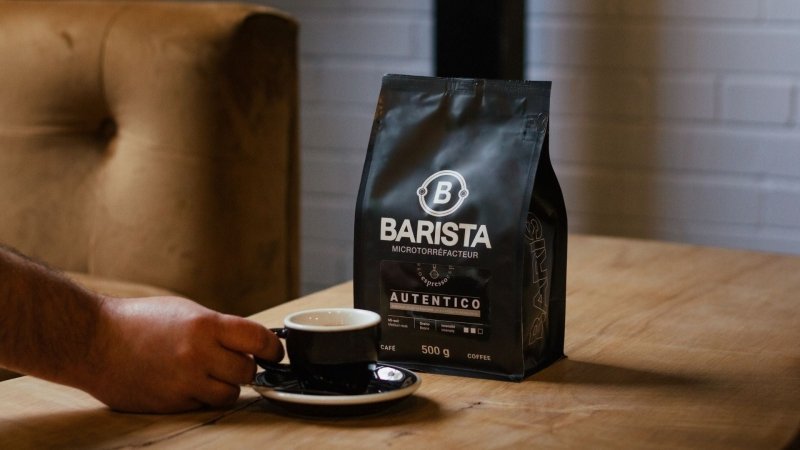
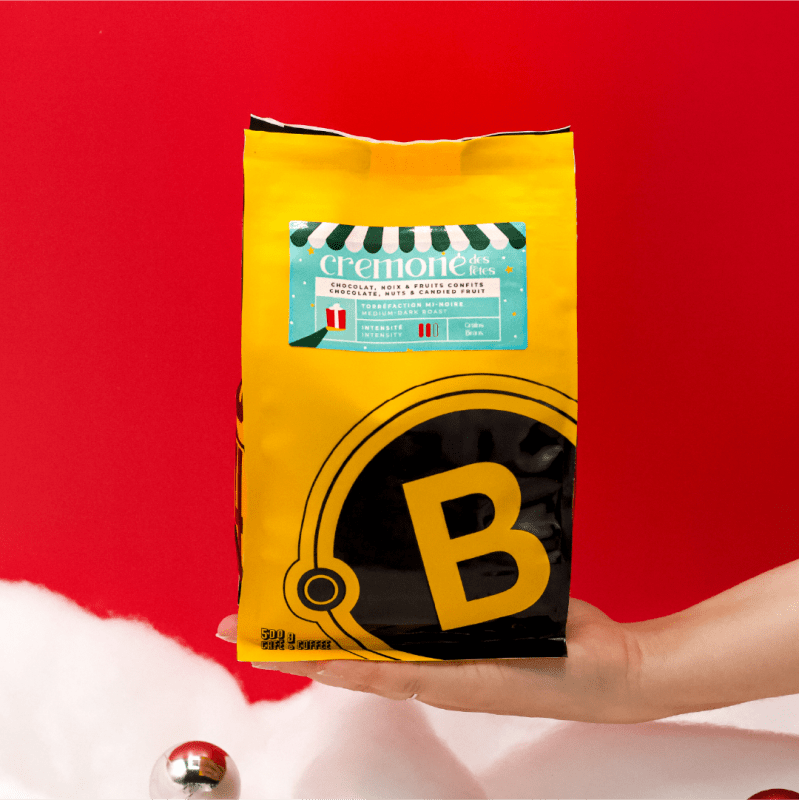
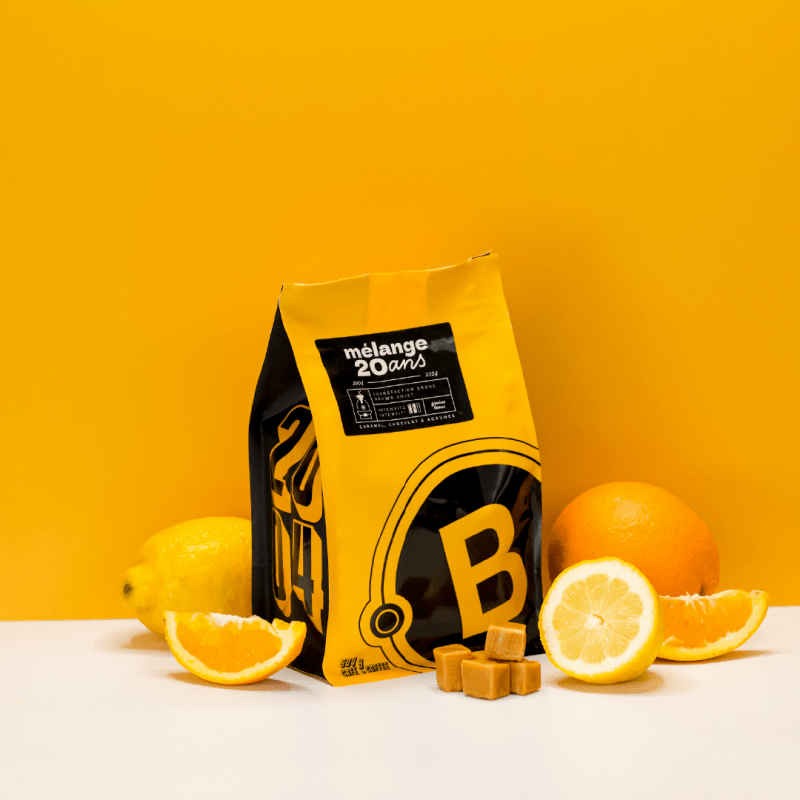


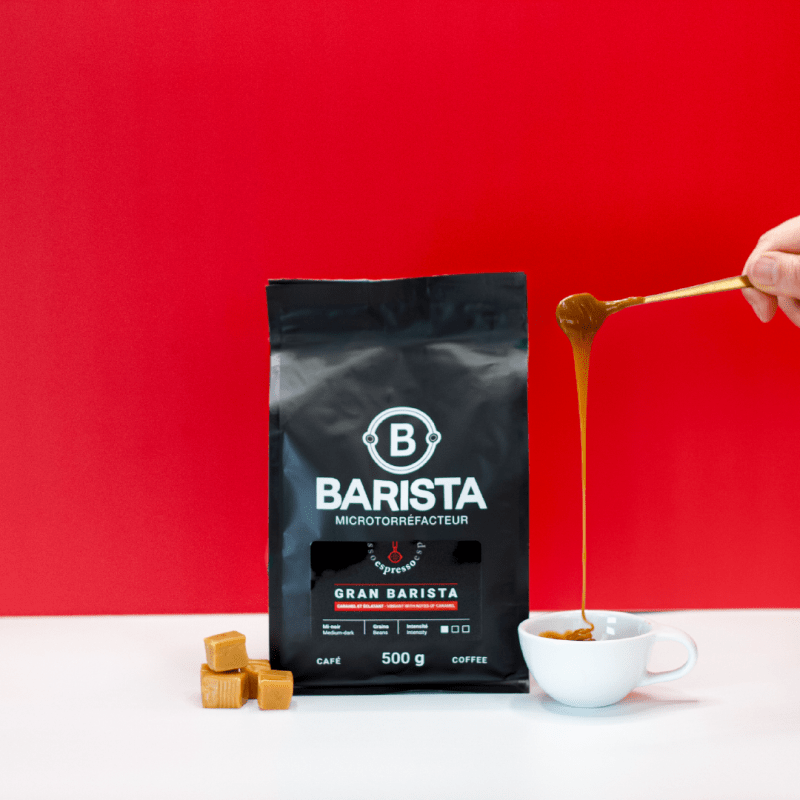
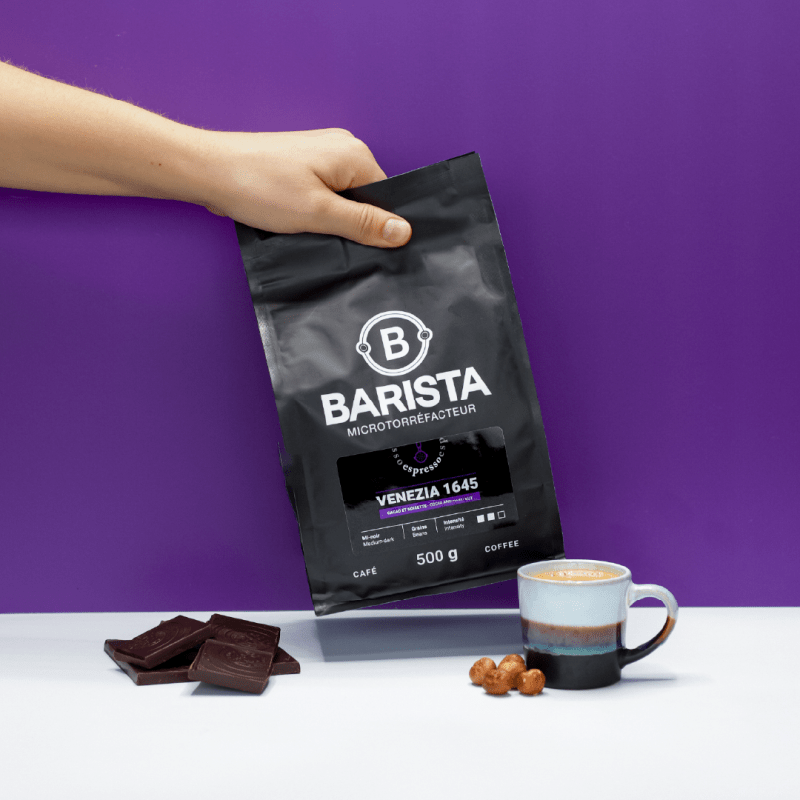
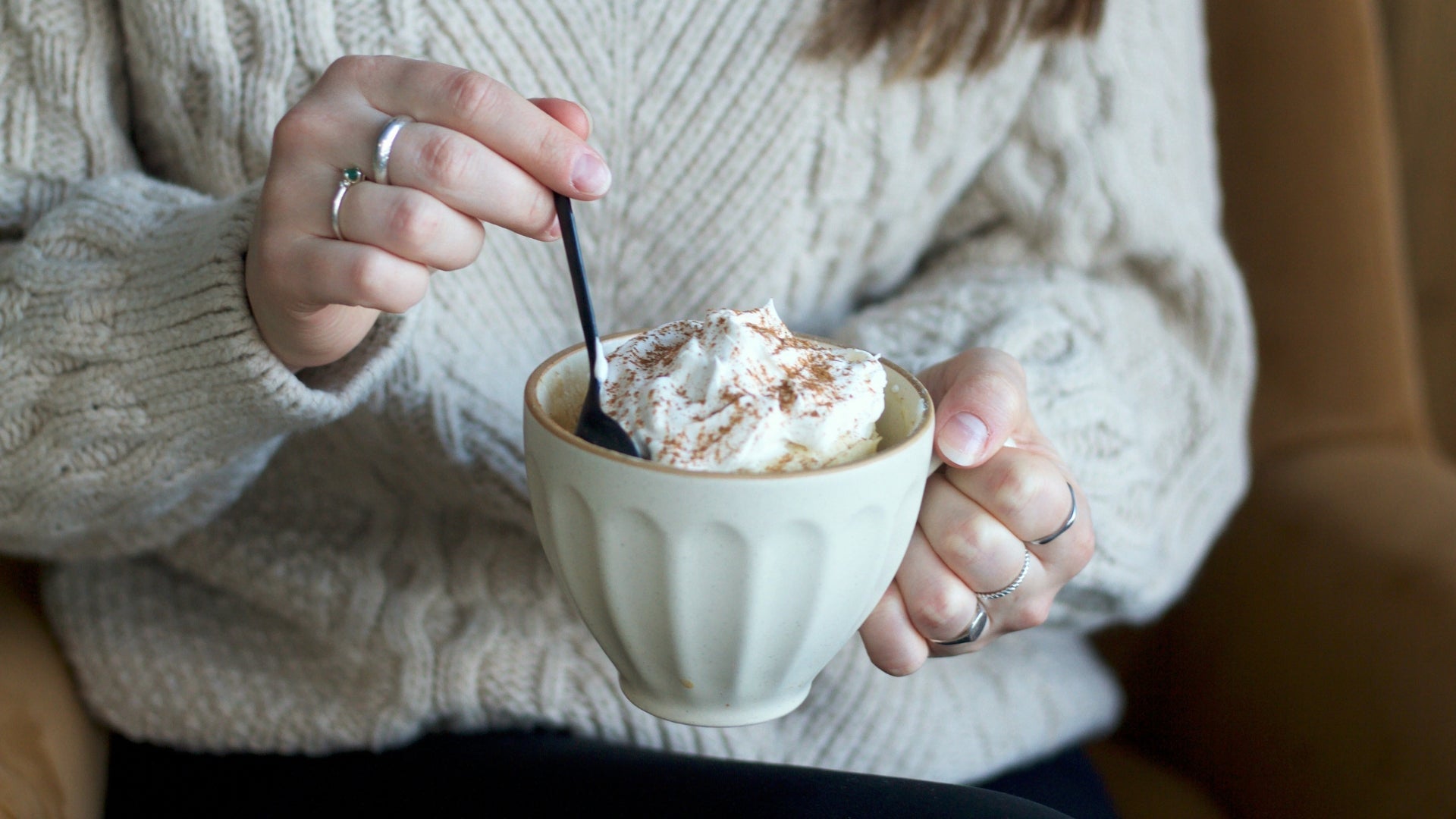
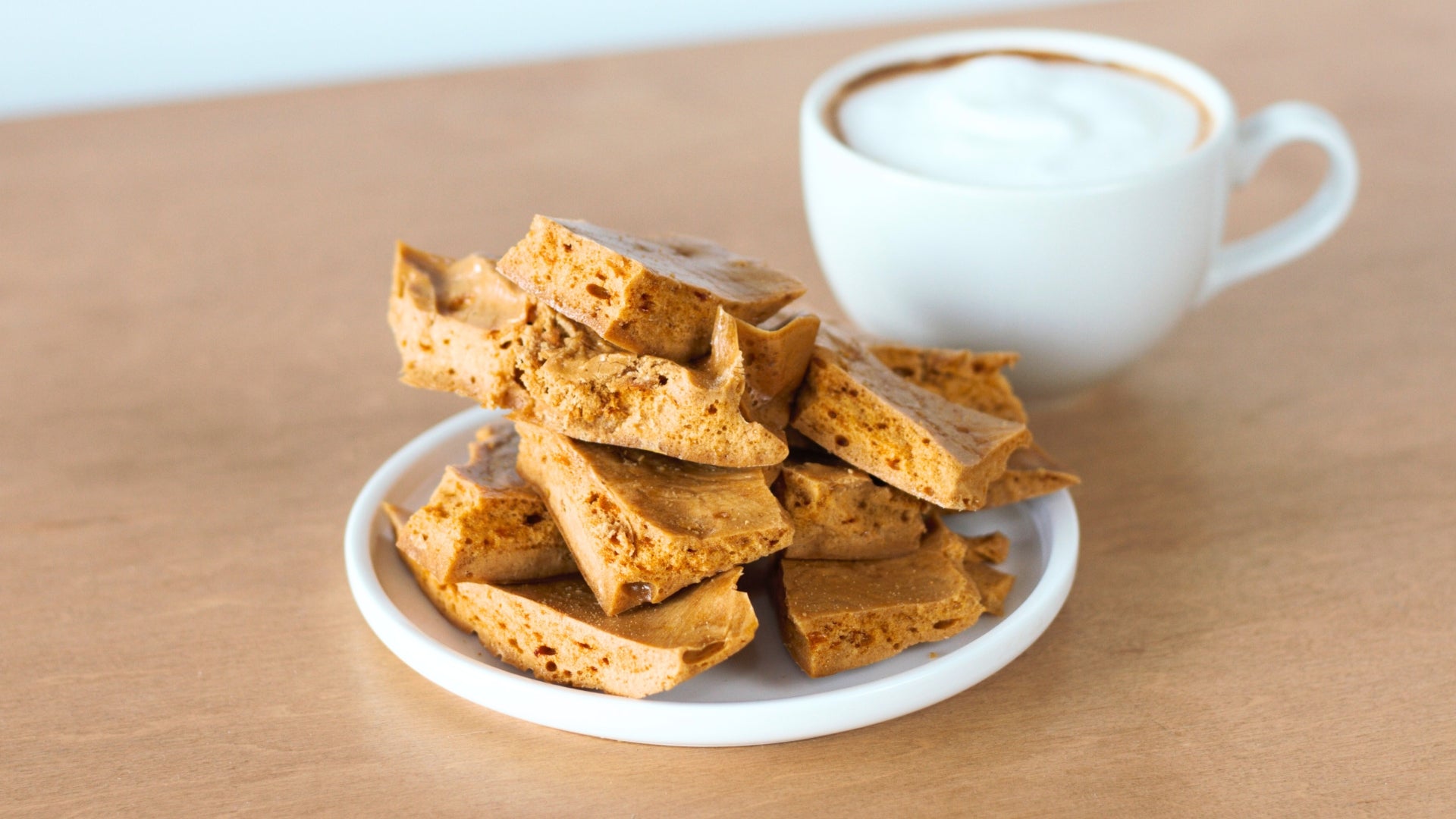

Share:
Coffee Crawl à New York City
Our Review of the Ascaso Dream PID Espresso Machine